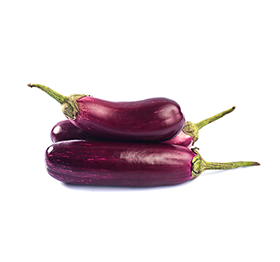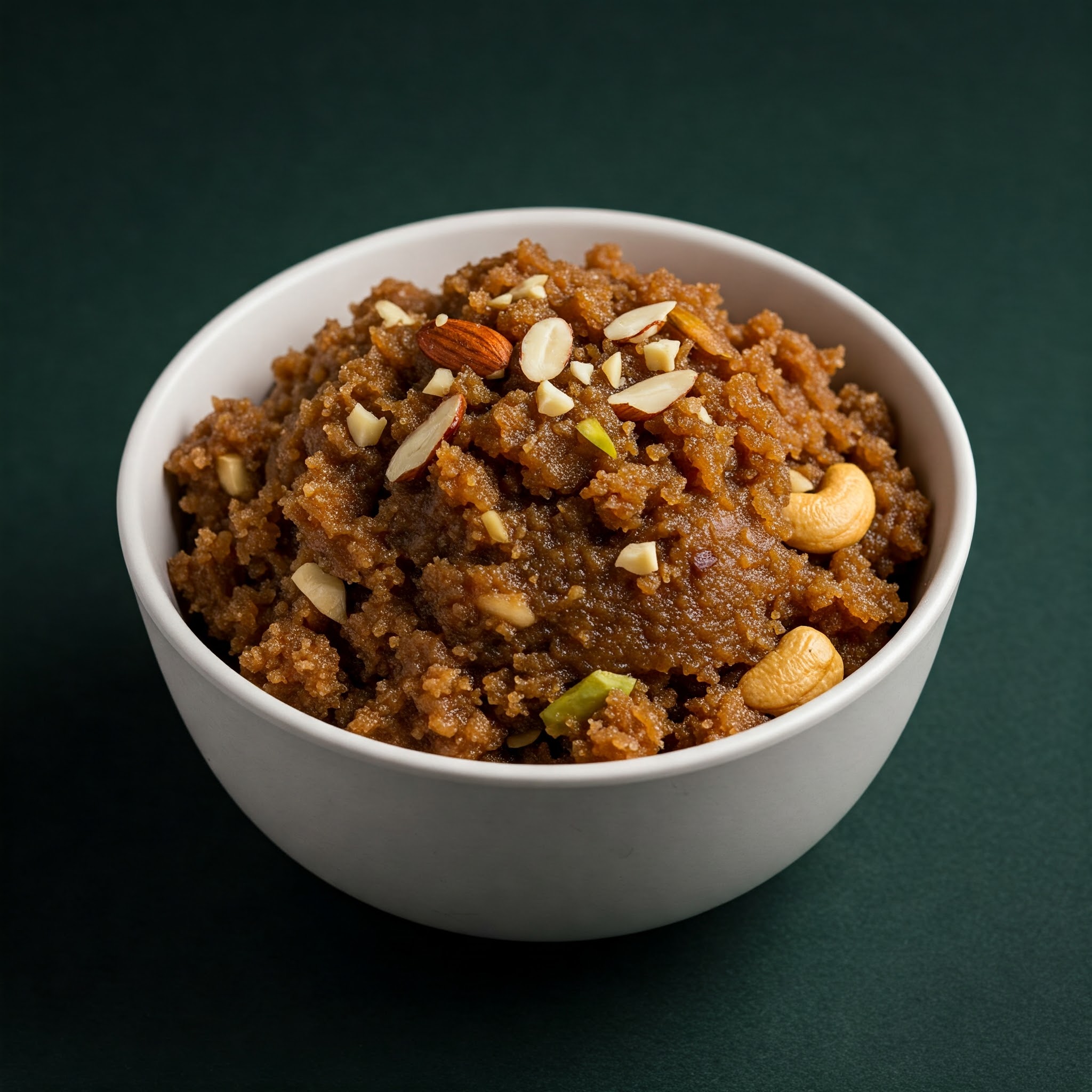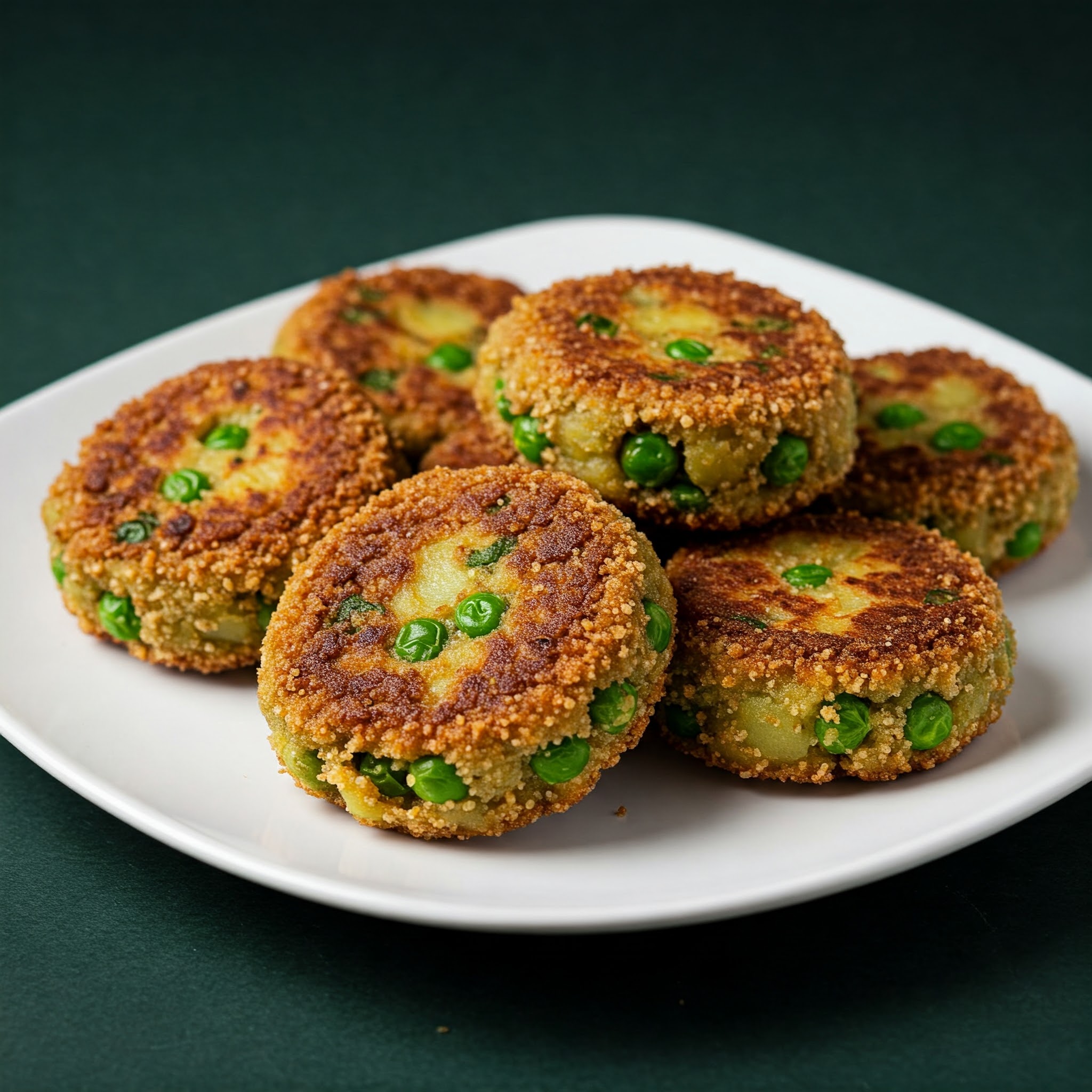Brinjal (बैंगन)
baingan

About Brinjal
Brinjal
Also known as Aubergine, Baingan OR eggplant, Actually Brinjal is a fruit from Solanaceae family; but we consume as a vegetable. You’ll surprise to note that other parts of the plant are used in many traditional medicine. Brinjal slightly acidic and bitter in taste, some of us don’t like to eat Brinjal; though Brinjal is high in Vitamin C, Vitamin K and Vitamin B6 along with Manganese, potassium and fiber. Brinjal is also used as a meat substitute in vegetarian diet,
Brinjal is most commonly used in Indian cuisine to make curry, gravy, stir fry and chutney or bharta.
Brinjal’s are Heart Friendly (pigment named Anthocyanin helps strengthening of heart functioning, lower the bad cholesterol and act as an antioxidant
- Brinjal may help improving digestive system as natural laxative
- Brinjal may help prevent inflammation in the digestive system
- Brinjal may help prevent Anemia
Though Brinjal allergies are rare, but few people might get allergic to Brinjal and the symptoms are like itchy or tingly lips, tongue or throat, coughing, stomach pain or cramping. Avoid eating Brinjal if you are allergic to it, as it can lead to anaphylaxis which is life-threatening allergic reaction.
In Ayurveda, brinjal (eggplant) is valued for its ability to balance Pitta dosha due to its cooling properties. It is believed to aid digestion, support liver function, and promote overall health. Rich in antioxidants and fiber, brinjal helps in detoxification and maintaining a healthy weight. In home remedies, brinjal is often used to alleviate conditions such as high cholesterol and digestive issues. Its juice may be applied to the skin to treat certain rashes or irritations, showcasing its diverse benefits in both culinary and medicinal practices.
How to Store Brinjal
To store Brinjal, first ensure it is dry and free from moisture. Place the brinjals in a paper bag or a perforated plastic bag to allow airflow, which helps prevent spoilage. Store the bag in the vegetable crisper of your refrigerator, where the temperature is cooler and humidity is higher. Avoid storing brinjal near ethylene-producing fruits like bananas or apples, as this can cause them to ripen and spoil more quickly. Check the brinjals regularly for any signs of softness or decay, and use them within a week for the best flavor and texture.
Shelf Life of Brinjal
Brinjal typically has a shelf life of 4-7 days when stored in the refrigerator. Keep it in a cool, dry place, and avoid moisture to prevent spoilage and maintain freshness.
How to Check Brinjal Before Buying
When selecting brinjal from a local vendor, look for firm, glossy skin without blemishes or soft spots. The color should be vibrant, whether purple, green, or white, depending on the variety. Choose medium-sized brinjals, as they tend to be more tender and flavorful. Gently press the surface; it should yield slightly but bounce back, indicating freshness.
It's generally not advisable to procure brinjal in bulk, as it has a relatively short shelf life of about 4-7 days when refrigerated. Buying in moderate quantities allows you to enjoy them at their best while minimizing spoilage. If you have a specific recipe in mind or a larger family, consider purchasing enough for a week, ensuring you check for freshness to prevent waste.
Explore
Explore our services and take your business to the next level.
Recent Posts

Kuttu Ka Halwa is the perfect addition to a balanced weekly menu, offering a del...

Bajra Halwa is a wholesome, comforting dessert that not only satisfies your swee...

Shakkarpare is the perfect sweet treat to complement your balanced weekly menu....

Potato, Peas, and Kuttu Cutlets are a perfect addition to your weekly menu, offe...

Matki Chi Rassa Bhaji is a flavorful and nutritious addition to your weekly meal...
Ready for a Healthier You?
Take control of your wellness! Get a customized meal plan that fits your lifestyle. It's time to eat smarter, feel better, and transform your life!
Get Your Plan Now!Already a member? Login and start now!
Nutrition Facts
Serving Size:
Servings Per Container: 1
| Amount Per Serving | ||
|---|---|---|
| Calories | 27.24 | |
| Fat | ||
| Saturated Fat | ||
| Trans Fat | ||
| Cholesterol | 0 | |
| Sodium | 3.15 | |
| Carbs | 3.49 | |
| Fiber | ||
| Sugar | 3.5 | |
| Protein | 1 | |
| VitaminD | ||
| Calcium | 22.17 | |
| Iron | .49 | |
| Potassium | 302 | |
* Percent Daily Values are based on a 2000 calorie diet.
* Percent Daily Values are based on a 2000 calorie diet.




